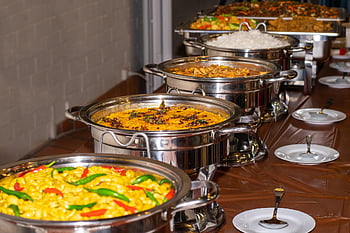Bridal Culinary Customs in Asian Weddings

Many Asian and South Asian wedding celebrations are extensive, elaborate events often spanning several days, steeped in rich cultural traditions. Marriage is viewed not merely as a union of two individuals, but a merging of families. While contemporary couples may selectively incorporate or entirely forgo traditional practices, some still choose to honor longstanding customs. Traditionally, the Guo Da Li ceremony, often held days or weeks before the wedding itself due to auspicious date considerations, precedes the main event. During this pre-wedding ritual, the groom’s family visits the bride’s home to meet her and exchange gifts, including the bride’s dowry, personal items, a tea set, and frequently, gold or jade dragon and phoenix bangles (Si Dian Jin). It’s considered inauspicious for the bride to look back at her home en route to the groom’s, symbolizing potential marital discord; hence, only single bridesmaids accompany her, while others remain behind, joining the procession only after the bride arrives. Upon arrival at the groom’s home, the bride is greeted with a “heng yuan” toast – a celebratory drink wishing the couple prosperity and abundant offspring – presented by the groom’s parents, who also offer a gift basket. The basket’s contents vary depending on family origins but may include red dates and lotus seed tea (Lian Zi Hong Zao Cha) for longevity, and blessed bamboo stalks (Long Yan Hong Zhuo) for wealth. Following the toast, a lavish eight-course banquet is served, featuring symbolic dishes: fish for abundance, suckling pig for good fortune, chicken or duck for peace and harmony, and a sweet lotus seed dessert for fertility. The meal culminates with a celebratory toast (“yam seng”) from the guests, signifying their well-wishes. Often, a slideshow showcasing family photos from both sides concludes the festive occasion.
